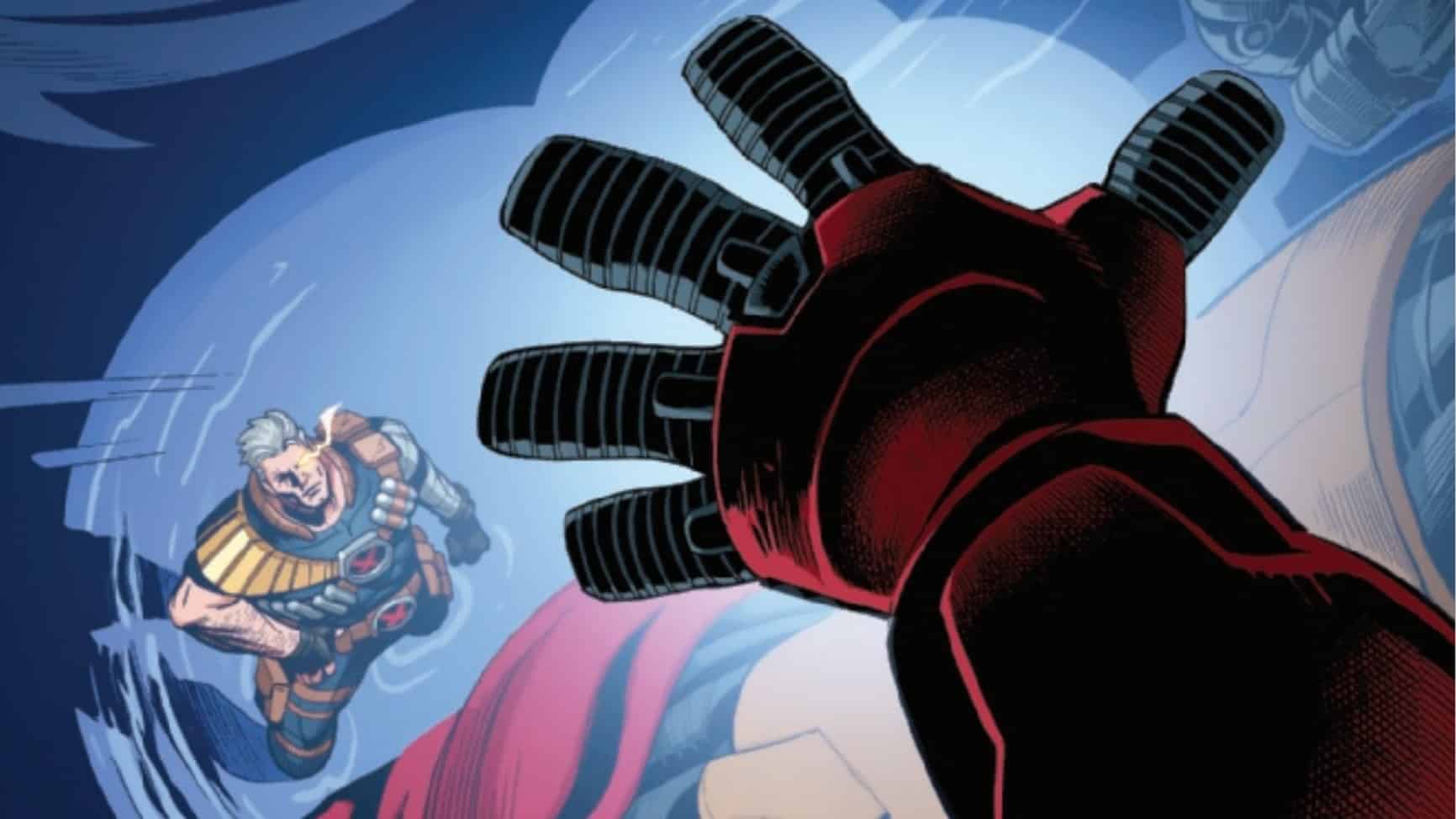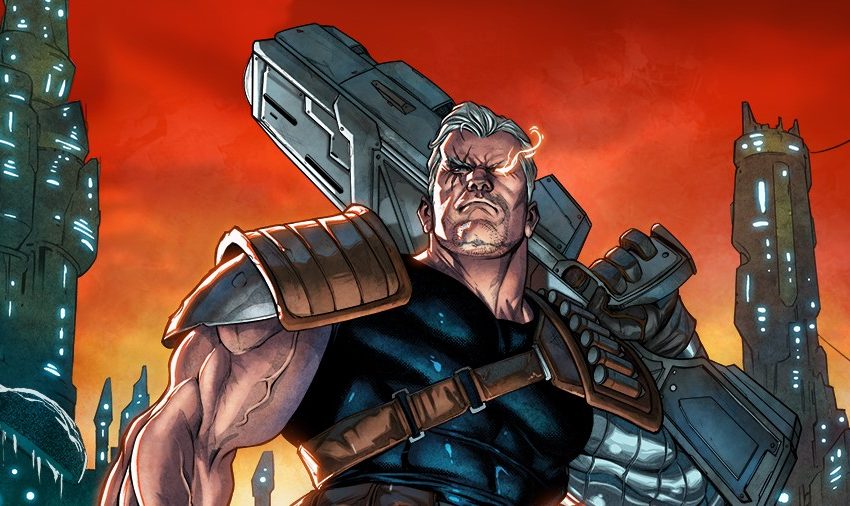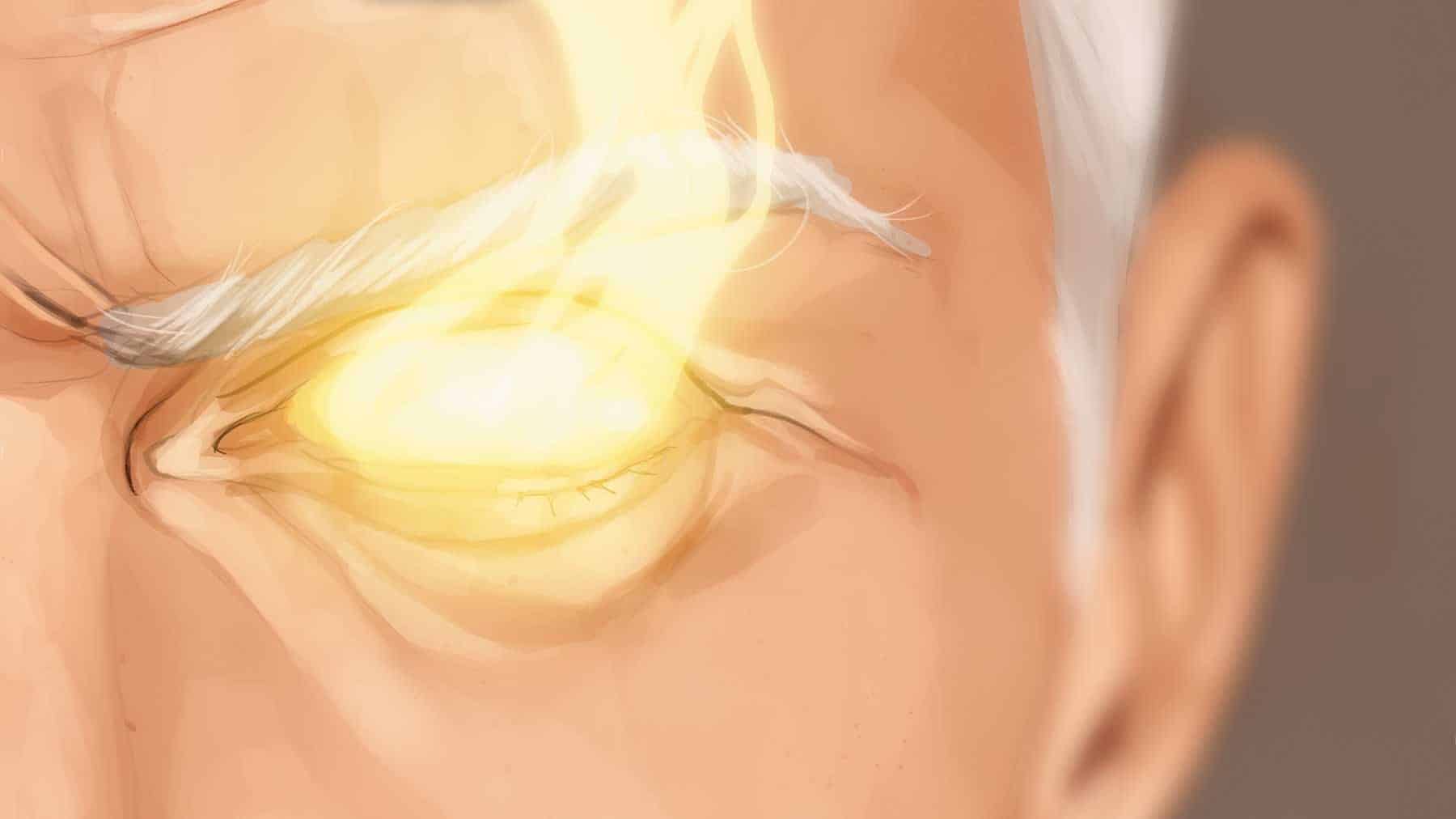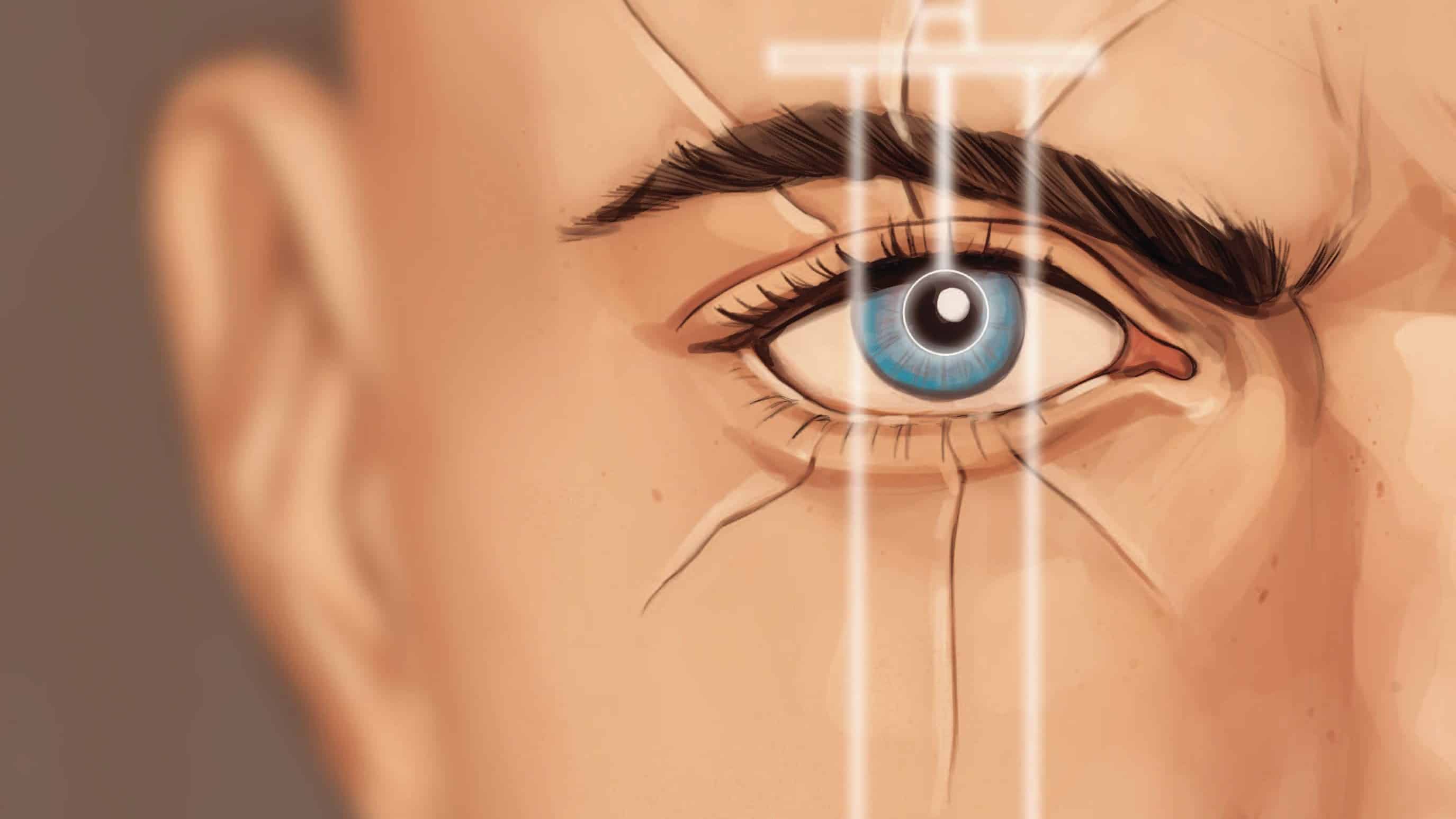All the signs are here: The Neocracy is coming – and with it comes not only the end of mutantkind, but all of humankind as well. As if rescuing Young Nate from the ongoing threat of Orchis weren’t enough, can Cable root out this growing threat and decimate it before the Neocracy has a chance to take hold? Is he already too late to change the future? Cable #1 is written by Fabian Nicieza, drawn by Scot Eaton, inked by Cam Smith with Victor Nava, colored by Java Tartaglia and lettered by Joe Sabino.
Fabian Nicieza reprises his role as the defining Cable writer in an issue that deftly engages the themes of the Fall of X while steaming right ahead of the current story into an ostensibly self-contained series. Nathan Summers is used to being a few steps ahead and, fresh off saving the world from the Children of the Vault, he’s found an even worse future that needs averting like yesterday. As such, Cable #1 delivers the action while drawing attention to the fact that it’s happening somewhere else.
At the beginning of the issue, Cable rescues Kid Cable from Orchis while his trusty AI Belle hacks their systems. Intel identifies the presence in our timeline of the Neocracy, which is responsible for the conversion of the world’s population into a society of homogenous energy beings who are robbed of individuality and lived experience. The two Nathans identify the company responsible as Parvenu Industries and infiltrate their lab to find them experimenting on mutants. At the center of it all is Dr. Paul Pierre Duval, who reveals himself to be the nomadic Marvel villain Grey Gargoyle, who is feeding on mutant power, promising an almighty ruckus in the next issue.
The issue’s opening scene has all the hallmarks of a great action-led Cable story. We are thrust straight into Cable’s shadowy world as he operates under the cover of darkness to infiltrate an Orchis facility. Scot Eaton’s detailed pencils, combined with the heavy inks around the scene’s central figures, allow Java Tartaglia’s colors to punctuate the darkness of a sleepy city with the Stark red of the Sentinels. Cable is only perceptible under their beaming lights, the potential danger of which is immediately offset by Nicieza’s narrative caption: “I detected him too.” The creative team seems to be having fun nodding and winking to the ’90s, referencing the necessity of protecting one’s shoulder pads and the power of a voluminous pouch. The visual gags take this a step further, with Cable destroying a Stark Sentinel by creating himself a pouch within its foot. The outrageous disproportionality of Cable’s gun to his body is the highlight, alluding to the past while remaining quintessentially Cable: inventive, self-sacrificing and, despite his curmudgeonly demeanor, a showman at heart. He spares his internal techno-organic circuitry to create an obscenely sized weapon, fires it once, and proceeds to punch and kick his way toward his goal. A little pain is a small price to pay for a grand entrance, after all. Nicieza’s history with the character really comes to bear in this issue. Every observation, passive-aggressive jibe and casually terrifying threat captures the quiet confidence but sense of unrelenting urgency that living through multiple cataclysmic futures would give you.

After Kid Cable has been rescued, Nicieza establishes pretty quickly that the pair have competing priorities. Nathan the younger, having just spent the past few weeks undergoing experiments in their custody, understandably wants to take the fight to Orchis. After his older self plays the “better knowledge of the future” card, Young Nate relents pretty quickly to Cable’s insistence that there is a greater threat requiring their attention. Despite his protestations that their mission is “dumb,” Kid Cable is deferential throughout. A small act of penance for murdering your older self, I suppose, although a little more tension would add another element to the story in the way that the Cable and Bishop relationship did in Children of the Vault, for example.
No sooner than Kid Cable gets off his first old man joke, we learn of a new villain that threatens to supersede all that have come before, exemplifying a common drawback with Cable stories. Because of his knowledge of the future, the revelation of the “real threat” creates narrative friction with the story of the present. The idea that Orchis, the main villain of a five-year story arc just beginning its final act, could be supplanted by an unknown entity just doesn’t wash. It lowers the stakes slightly in this series, although a Cable(s) vs. Orchis story would feel like a retreading of the early Fall of X titles that have just concluded. It’s reasonable to ask, then: Why this story, and why now?
The simple answer is that it’s a bit of a jack-of-all-trades story. On the one hand, it scratches many X-fans’ itch for perceptive social commentary while on the other retaining the distance that an unlikely-to-come-to-pass dystopian story provides. It also provides a dose of ’90s nostalgia while remaining relevant and current. Even simpler than that, though: It’s a good story by a creator who still has plenty to say.
Although it’s immediately obvious that this new future will not come to pass, the world presented by Nicieza and Eaton is a compelling one. The Neocracy represents an interesting thematic evolution to the House of X portion of the story. Nicieza uses this potential dystopia to extrapolate how systems of oppression might evolve over time. While Orchis’ method of oppression is based on modern, “direct” methods of fascism, the Neocracy functions in an ostensibly post-ism society in which those unpossessed of political power are exploited equally. It critiques the application of colorblind politics and cautions against its potential to be manipulated by a system in which a corporation is able to gain control by suppressing individuality and methods of self-expression by eliminating diversity. Eaton makes it evident from just three panels that both business and military remain crucial functions of this future world. This suggests an element of continuity from the present day and stands to reason that the beings converted into energy are the working classes, exploited to feed the system. Essentially, humanity has attempted to create its own version of a Dominion run by the philosophical successor to Orchis.
The class narrative is further supported by the fact that upon gaining entry to Parvenu Industries, the Cables quickly discover that mutants are among the first to be exploited, although the likes of Mister Fantastic are also being cataloged. At the center of it all is the Grey Gargoyle, a villain of various Marvel titles throughout the years including Thor and Fantastic Four. This scene is the issue’s weakest point. Its Saturday morning cartoon feel doesn’t quite chime with the rest of the issue, and with the tease of a brawl in the next issue it threatens to detract from the series’ early signs of promise. That said, quite how the Grey Gargoyle manages to bring about the fall of mutant and humankind alike is compelling in and of itself. Orchis take note.
Buy Cable #1 here. (Disclaimer: As an Amazon Associate, ComicsXF may earn from qualifying purchases.)
Dan Grote is the editor and publisher of ComicsXF, having won the site by ritual combat. By day, he’s a newspaper editor, and by night, he’s … also an editor. He co-hosts The ComicsXF Interview Podcast with Matt Lazorwitz. He lives in New Jersey with his wife, two kids and two miniature dachshunds, and his third, fictional son, Peter Paul Winston Wisdom. Follow him @danielpgrote.bsky.social.






